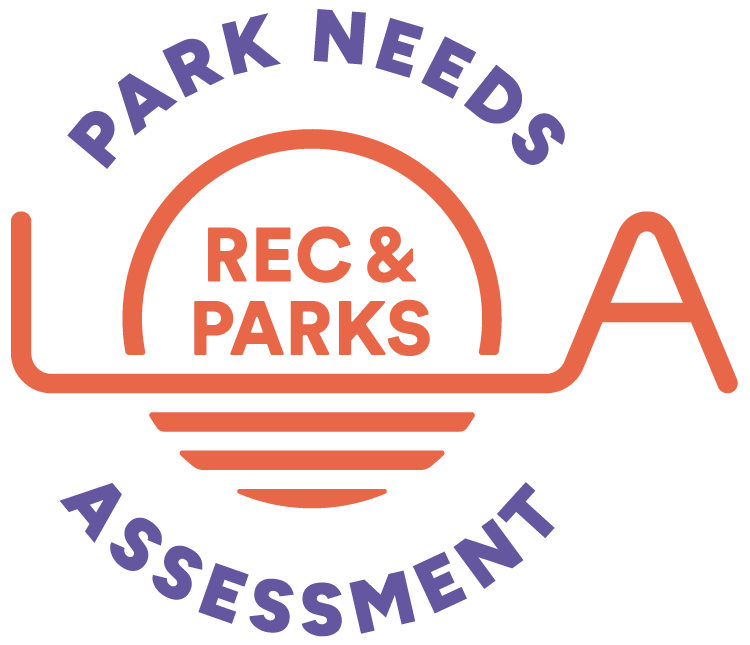Together, these pages ground the PNA in an understanding of how the park system has developed, how it operates today, and the financial resources that support it—now and into the future.
History
History of the Park System traces the evolution of recreation and parks in Los Angeles, providing context for present-day conditions.
- Los Angeles was initially envisioned as a garden city, prioritizing private open spaces and bungalows.
- There have been periods of large expansions of the system, notably in the 1890s, 1930s, and 1940s.
- While the park system continues to grow, Los Angeles’ park acreage per capita is the lowest it has been since the 1860s.
- The current Park Needs Assessment is the City’s first comprehensive initiative to strengthen the parks system since 2009.
- There were notable funding measures for parks in the City in 1996 and the County in 2016. The 1996 funding measure, Proposition K, will sunset in 2026.
RAP by the Numbers
RAP by the Numbers presents an overview of the department’s current amenities, programs, staffing, and organizational structure.
- In addition to the 489 parks RAP manages on over 16,000 acres of land, it manages 92 miles of trails.
- RAP has 1,711 full-time employees and 5,000 part-time employees.
- Across the park system, there are thousands of park amenities, including active and passive areas, recreation facilities, habitat or natural areas, trees, and iconic structures like the Griffith Observatory or the Greek Theatre.
- To acknowledge the different needs and pressures in different parts of the city, the PNA divides the City into four geographic regions: East/Central, South, West, and the Valley.
- The Department of Recreation and Parks is a City Charter semi-proprietary department created independent department under the control and management of a five member citizen board of
commissioners (Board of Recreation and Park Commissioners).
Current Budget and Finance
Current Budget and Finance details how RAP is funded, how resources are allocated, and fiscal challenges and opportunities it faces.
- RAP’s $359 million operating budget is constrained by General Fund reimbursements. More than one third (40%) of RAP’s operating budget in FY 2025-2026 is allocated to the General Fund to pay for staff benefits and utilities.
- RAP’s operating budget has increased more slowly than the City budget overall. While the City’s operating budget grew by 68% between FY 2009 and FY 2023, RAP’s operating budget grew by half as much (35%) over the same period after accounting for General Fund reimbursements.
- RAP manages a growing park system with a shrinking workforce, straining its ability to maintain facilities, offer programs, and care for parks and open spaces. Full-time staffing decreased by 28% and part-time staffing decreased by 62% between FY 2008 and FY 2025, while park space acreage and facilities have increased.
- The City of Los Angeles invests less in parks per capita than peer cities, limiting park quality, programs, and access. At $92 per-capita park investment, LA’s per-capita investment is lower than that of all other benchmarked cities.
- LA’s recreation facilities and parks have received charter-mandated funding since 1925. While the formula has changed, the effective rate (3.25¢ per $100 in assessed property value) has remained the same since 1937.
- Looking ahead, RAP will face significant funding challenges with the expiration of Proposition K in 2026 and PlayLA in 2028.
- Simultaneously, the City is projecting a $1 billion budget deficit in FY 2026 and reduced property tax assessments resulting from the fires in January 2025, which will reduce RAP’s City-Charter mandated assessment revenue.
